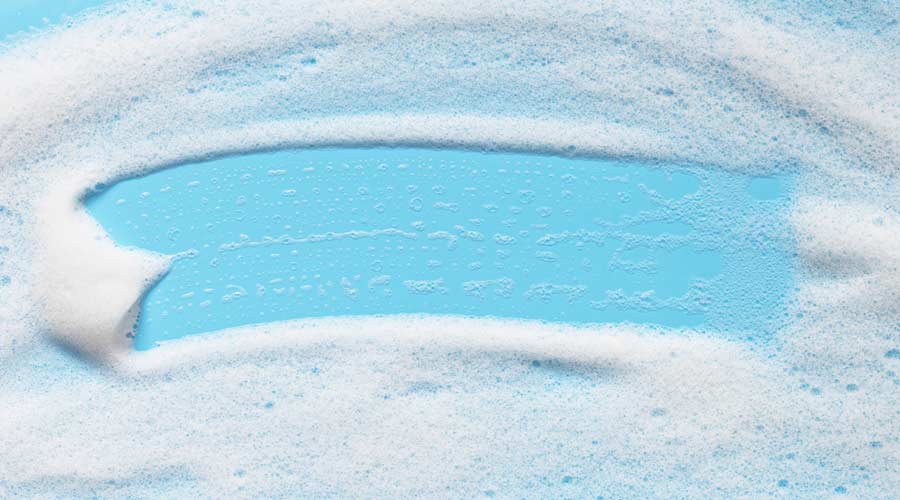What is the average cleaning price per square foot?
Ask 10 different building service contractors that question and there’ll be 10 different answers. That’s because there is no simple response. Each building has its own unique cleaning needs.
Between a building’s style, size, floor plan or designated use, there are numerous factors that account for a BSC’s cost per job. That is why many BSCs today are relying more and more upon job workloading.
Workloading is the process of establishing costs related to a BSC’s labor force, cleaning tasks and overall time needed to complete the extent of work.
It’s a way to streamline cleaning operations by removing the guesswork it takes to perform a cleaning job.
“Every contractor needs to do workloading,” says BJ Mandelstam, a consultant and president of Denver-based Cleaning Matters. “It creates an expectation for an employee or an employer, and the client. That way we know the desired outcome, and we can measure it.”
Many BSCs erroneously seek a universal average price per square foot to determine project costs. Workloading eliminates the inaccuracies that would occur with that approach.
By adhering to some best practices, BSCs can build a reliable workloading formula that will provide accurate and powerful pricing data.
The first step in workloading is to measure cleanable workspace for each area that needs to be cleaned, otherwise known as a space inventory, according to Mandelstam. Employing so-called “guesstimates” based on past experience or on visual inspection alone can severely shortchange a BSC’s profit.
There are several ways to accurately measure the space. A BSC can ask the facility executive or property manager to provide their calculations as part of their request for information (RFI), or contractors can request architectural renderings, or CADS, of the building.
It is important to remember to take into account what is not cleaned, such as elevator shafts and mechanical rooms.
A more taxing, but accurate way to gather this data is to actually measure the space. Some BSCs do this by counting ceiling tiles or doing a walking space inventory, while others use laser-measuring devices.
It is still recommended to get an average of overall horizontal space in the building. This will give BSCs the best estimate of what is cleanable, says Ben Walker, director of business relations at Managemen, Salt Lake City.
“People tend to overestimate,” Walker says. “The best way is to calculate horizontal surfaces by using a measuring device, even if it’s just measuring tape.”
Once the area’s measurements are determined, BSCs can then develop a list of cleaning tasks and frequencies with which they need to be performed. For example, how often a janitor needs to dust, vacuum or empty a facility’s trash receptacles.
“Every time you add a task or frequency, you add money, and every time you take one away, you take money out,” says Jim Peduto, owner of Matrix Integrated Facility Management, Johnson City, N.Y., and member of the ISSA’s BSC Council. “This is the reason why workloading is important. In a labor business, task frequencies are what costs money.”
The amount of traffic density in a facility should also be considered in determining task frequency, says Mandelstam.
Determing Staffing Levels and Cleaning Production Rates

 Celebrating BSCAI's 60th Anniversary eBook
Celebrating BSCAI's 60th Anniversary eBook The Down and Dirty on Cleaning in Virus Season
The Down and Dirty on Cleaning in Virus Season How Surfactant Use is Expanding in Commercial Cleaning
How Surfactant Use is Expanding in Commercial Cleaning